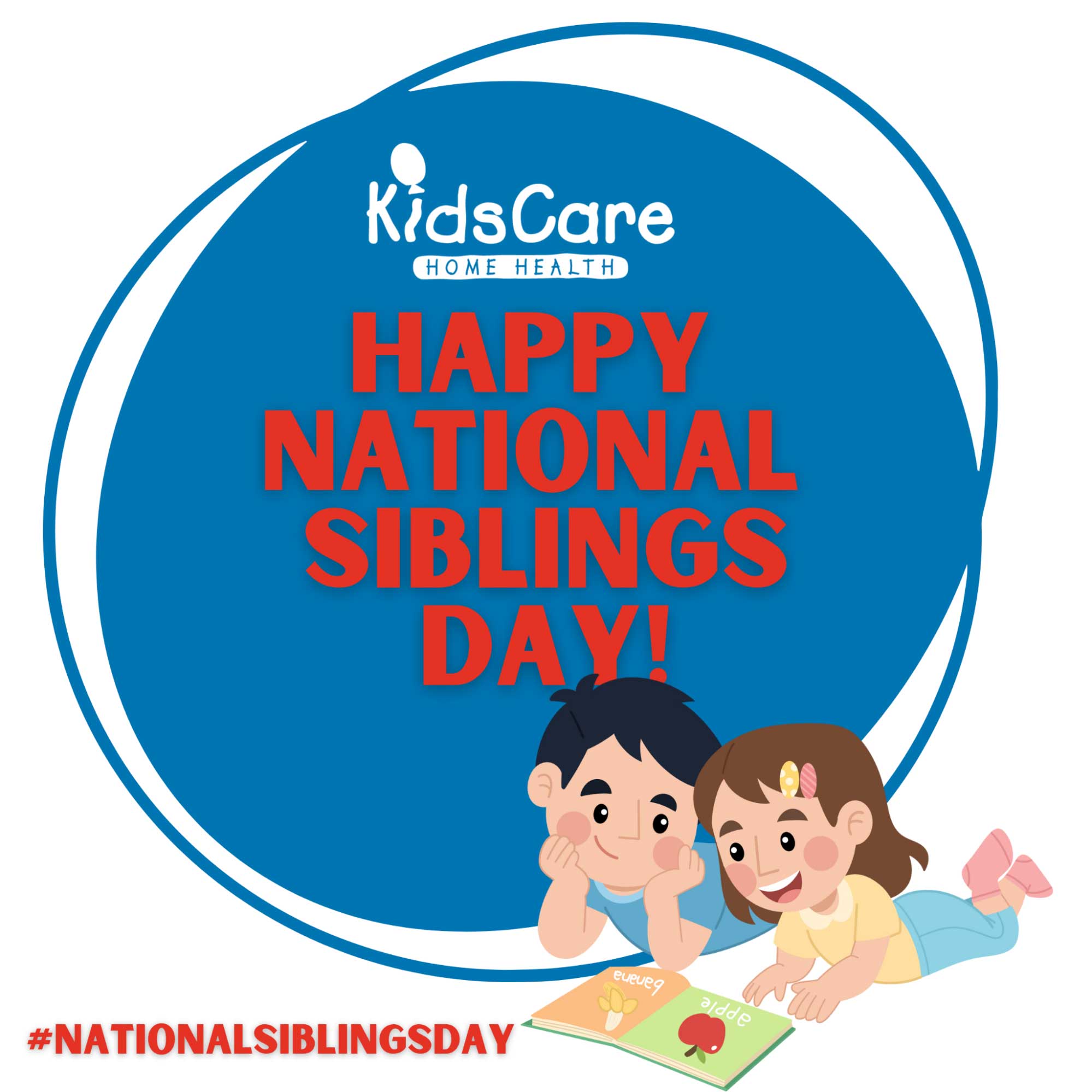
Exploring HOW and WHY to utilize siblings in the Pediatric Home Healthcare industry
Since today (4/10) is #NationalSibliingsDay, we look at what incorporating siblings into the therapist’s plans of care and their in-home sessions could look like. What are the reasons for it? Also, what are the outcomes of utilizing this as a sufficient in-home therapy session?
It’s very rare in pediatric home health that we see only children in a quiet environment – most of the time, the home in which the child is receiving the care is currently being LIVED in. As therapists show up ready to utilize the tools they have in play for them – a lot of times, their sessions have to be easily malleable or easy to pivot to and from given the circumstances they walk into.
As one of our top accredited Speech Language pathologists, Tonya Dickey tells us, incorporating siblings is one of her favorite things to do in a session:
”They know their brother and sister so well, and they’re the perfect peer model for their siblings. It’s so beneficial because if they are hearing it from the therapist during sessions, and then also hearing it from their sibling in an everyday environment, or seeing their sibling demonstrate it, it is more likely to be comprehended.
Kids put their siblings on a pedestal, it’s easy for them to want to emulate what their older/younger siblings are doing.
Creative Ideas for Siblings in Therapy
Looking into therapy care plans – Tonya tells us you can turn almost any regular game into a therapy session while incorporating the siblings. Some examples she’s provided include:
- Playdough
- Candy Land
- Ants in your pants
- Yeti in my Spaghetti
- Don’t Break the Ice
- Connect 4

”Almost any open-ended game will do. Tweaking the rules a bit to fit the goals is always an option and this approach gives any game the ability to be reinforced daily even when the therapist is not there.
3 Reasons Why You Should Consider Siblings Therapy Sessions
So WHY should you as a therapist look to this as something to incorporate into your plan if you don’t already? Here are three reasons why:
- Incorporating siblings into therapy sessions reinforce the language models – even for OT and PT, but especially for SLP. The tasks are easy – and it helps with positive reinforcement from someone they know, love, and sometimes revere.
- Younger siblings are great for developmentally challenged kids who need someone more on their level to demonstrate their tasks.
- Emotional Bonding: this gives them a bonding experience with their sibling they might not get outside of the sessions. Oftentimes, when a child is special needs – the sibling gets pushed away to dedicate more attention to the child with more needs. This gives the siblings a chance to bond, and someone to work with them on their therapy needs for sometimes quicker results.
This week in honor of #NationalSiblingsDay, explore the possible benefits of incorporating siblings into your patient’s plan of care. As you can see, there are multiple benefits of working this step into your well-rounded plan of care and assisting with the rehabilitation of your patient.
This week is the perfect time to try it out and educate caregivers on its importance!

















